Many Faces of Yoğurt: A Turkish Love Story in a Bowl
If there’s one thing that unites Turkish kitchens from Yenisey to Bulgaria, it’s the gentle tang of yoğurt. You’ll find it on breakfast tables and in grand dinner spreads, folded into soup bases, spooned over stewed vegetables, used as bread yeast, whipped into creamy sauces, cured into cheese, or sipped as ayran on a sweltering afternoon. For us, yoğurt is a way of life.
In fact, we could say that yoğurt is to Turkish cuisine what salt is to the sea: inseparable from its essence.
From Pastures to Kitchens: The Many Kinds of Yoğurt
Turkish yoğurt begins with milk, but not all milk is created equal. Depending on the region, it might come from cows grazing on lush grass plains, goats on wild herbs of the Aegean’s rocky mountains, sheep across Anatolia’s highland plateaus, or water-buffalos along the wetlands of Marmara and Southeastern Anatolia.
Each kind of milk has its own personality: cow’s milk yields mildness, goat’s milk gives a faint tang, sheep’s milk creates luxurious thickness, and water-buffalo milk makes the thickest, most prized yoğurt due to its high fat content.
And then there’s süzme yoğurt, the thick, strained version (advertised as “Greek Yogurt” in Europe and North America) that’s cherished in hot Southern Anatolia, where the extra density and acidity keeps it fresh for longer.
(Learn more on different kinds of milk preservation in Turkish and Anatolian cuisine, here.)
A Cool Companion: Yoğurt in Drinks and Soups
Turks have been making and transforming yoğurt for thousands of years. The most convenient way to consume yoğurt is ayran: A salty, frothy, refreshing drink that perfectly accompanies meats, legumes, and anything remotely spicy.
On a summer day in Adana (spice capital of Türkiye), ayran is a public service…
Then there’s yayla çorbası or ayran aşı, a gentle soup made from yoğurt, grains, and mint-infused olive oil or butter (depending on season and region). Served steaming in winter or cool in spring, it soothes the stomach and the soul alike. In every household, yayla çorbası tastes a little different: some add lemon for extra sourness, others thicken with egg, but the constant is yoğurt’s quiet harmony with cooling herbs and softened grains.
The Meze Table’s Secret Star
At the meze table, yoğurt wears many disguises.
It might appear as haydari (thicker, cheese-free version of Greek tzatziki), a chilled mix of strained yoğurt, cucumber, garlic, and mint. Water it down and you get cacık: a cold soup-like yoğurt side dish that often accompanies warm stews or summer meals.
Use shredded roasted zucchini and crushed walnuts instead of cucumbers and you’ll have made yoğurtlu kabak meze. Shred some carrots, add some olive oil and lemon juice for a refreshing salad. Sautée the carrots, then add a bit of yogurt, garlic and walnuts, and you get yoğurtlu havuç meze. We use beet roots, celery root, roasted eggplants, and sautéed peppers in a similar way to make quick and simple mezes for colourful tables.
These dishes balance richness with freshness. They bring cool down spicy meals, sooth grilled foods, and brighten hearty stews. To a Turkish palate, a table without yoğurt feels… unfinished.
Yoğurt in Main Dishes: Not Just a Sidekick
While yoğurt is often treated as a condiment in western cuisines, Turkish cooks use it everywhere.
Tarhana, for instance, is a homemade soup base traditionally made of regional grain flour fermented with yoğurt for several days, then dried in the sun to keep for a year. As peppers and tomatoes were adopted by Anatolian cooks, Tarhana followed suit, but yoğurt remains a key ingredient of this authentic staple dish.
Mantı (Turkish dumplings), our tiny dumplings filled with seasoned beef, swim in garlic yoğurt, hot pepper paste, and melted butter infused with dried mint.
İskender kebap, though a later addition to Turkish cuisine, wouldn’t be İskender without the cool cushion of yoğurt beneath its sizzling buttery sauce and hearty grilled döner.
Even stews like ali nazik (smoky roasted eggplant purée mixed with yoğurt and topped with spiced beef) depend on the quality of yoğurt to tie all the flavours together.
It’s the contrast we crave: heat and coolness, spice and calm, richness and lightness, all united by yoğurt’s mellow tang.
Sweet Endings (and Surprising Ones)
Even desserts and pastries make room for yoğurt’s gentle acidity.
Take yoğurt tatlısı (yogurt dessert), a semolina and yoğurt-based cake sweetened with syrup. Or crusty but spongy homemade cookies that get their crumble from yoğurt’s acidity. Many savoury pastries you’ll find in Turkish cuisine use yoğurt or yoğurt suyu (whey) to mature gluten such that it rises easily with a soft crumble (similar to the process of sourdough bread).
So the next time you open your refrigerator and reach for that familiar tub, remember: you're not just grabbing a dairy product. You're connecting with centuries of pastoral wisdom, culinary ingenuity, and a healthy dose of cultural pride. Yoğurt is a cultural inheritance passed down through generations who understood that the simplest foods, when made with care, become the foundation of everything delicious. From the breakfast table to the final course, yoğurt remains our constant companion, turning ordinary meals into moments of comfort, celebration, and belonging. Afiyet olsun.
#FairiesCuisine





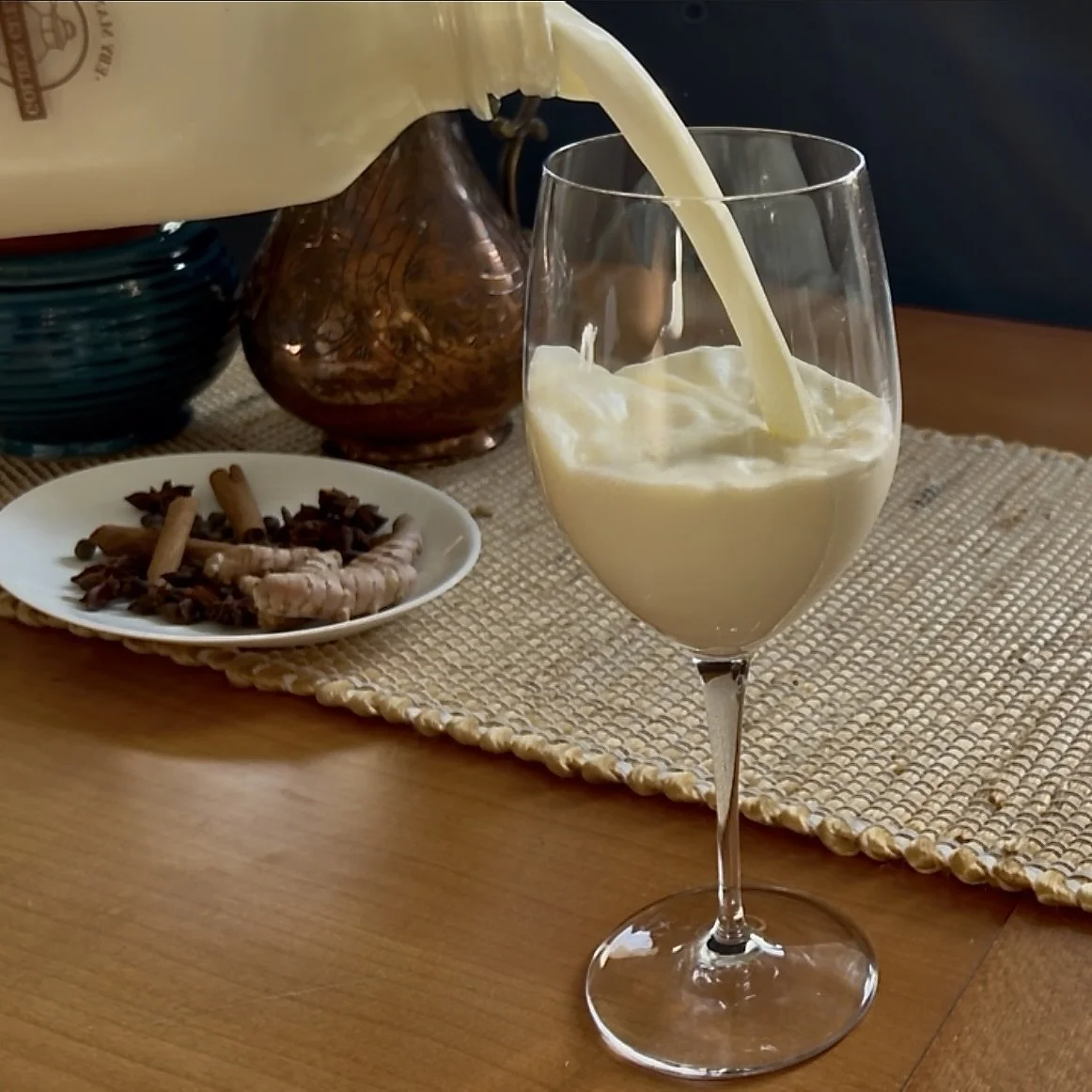
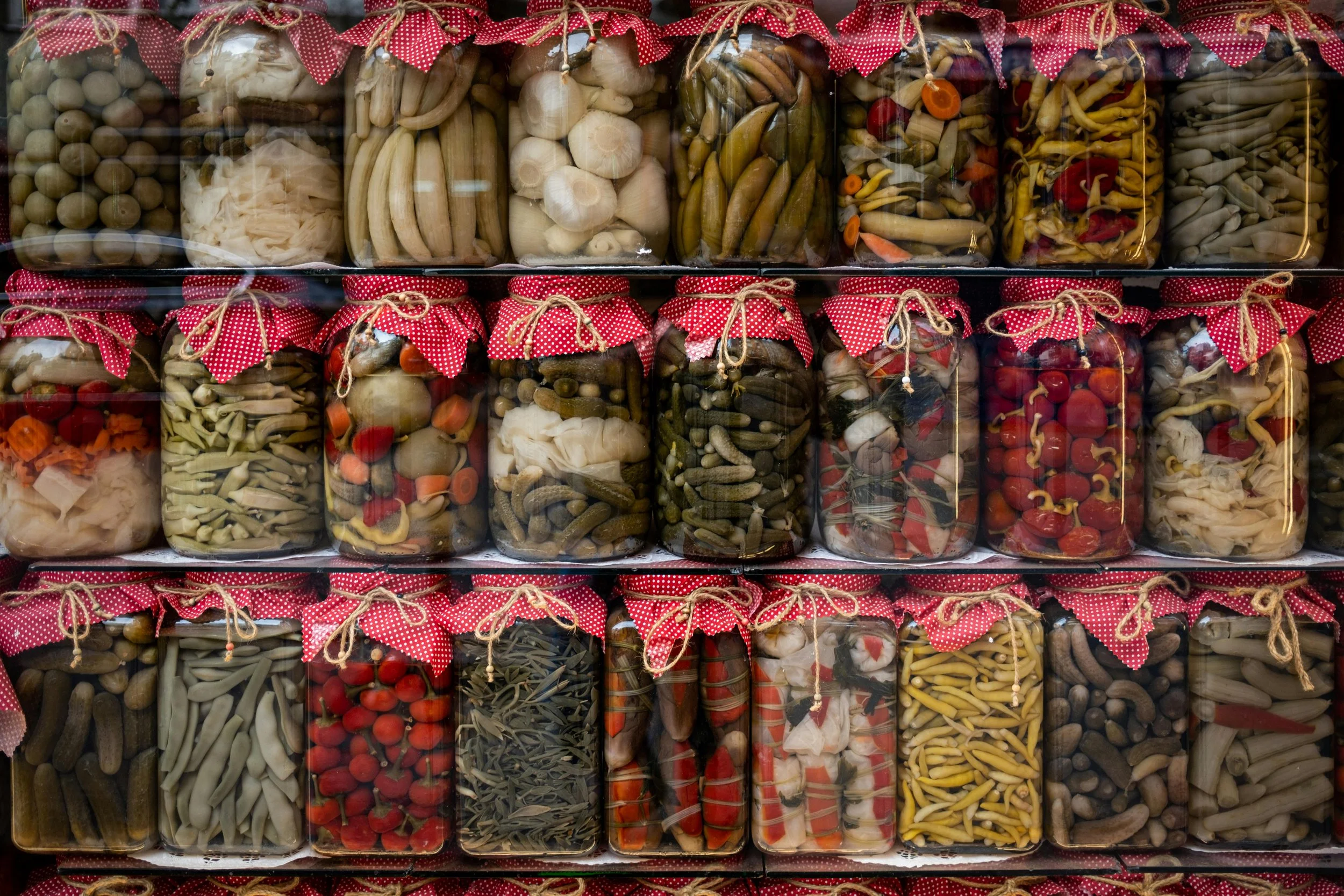



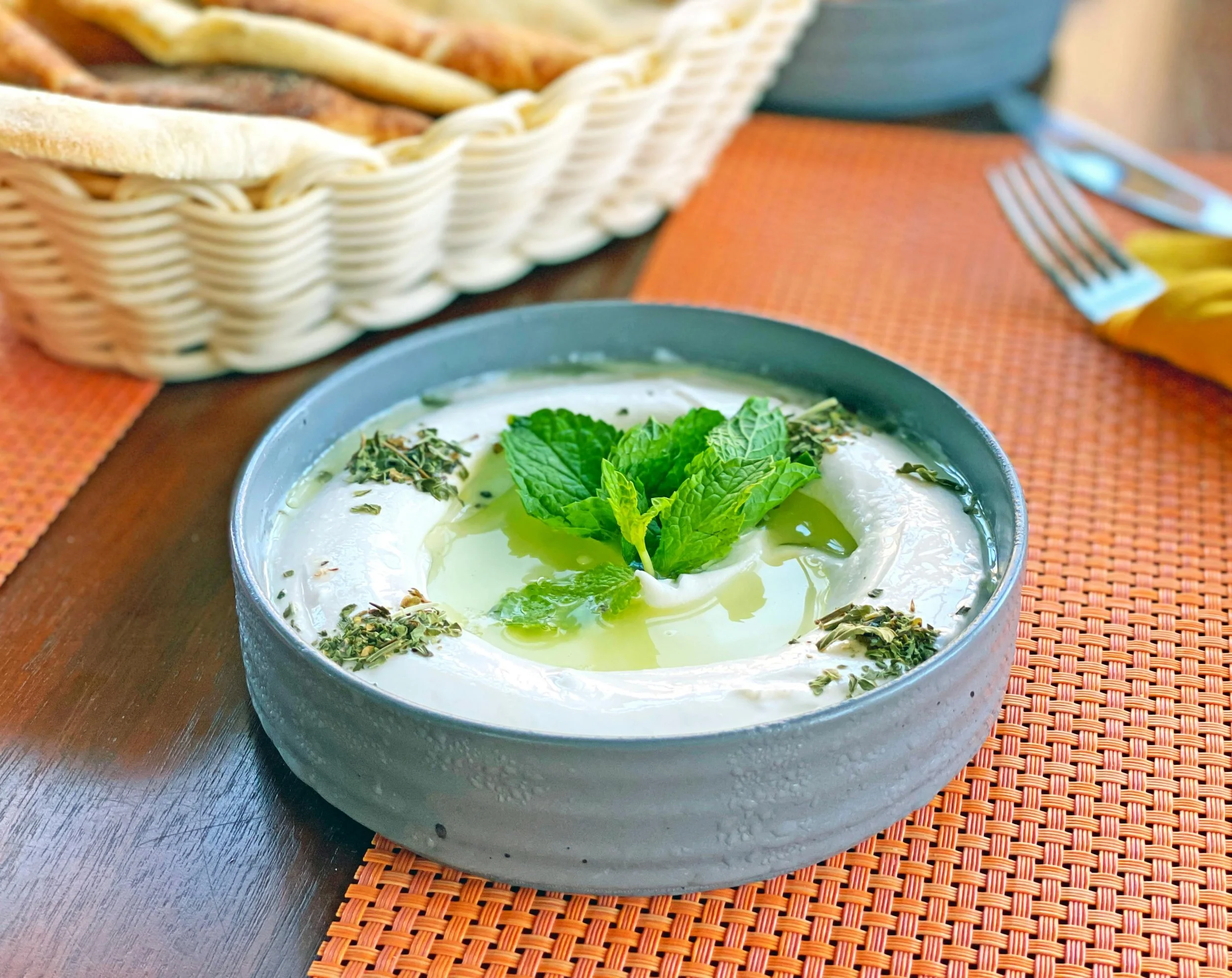










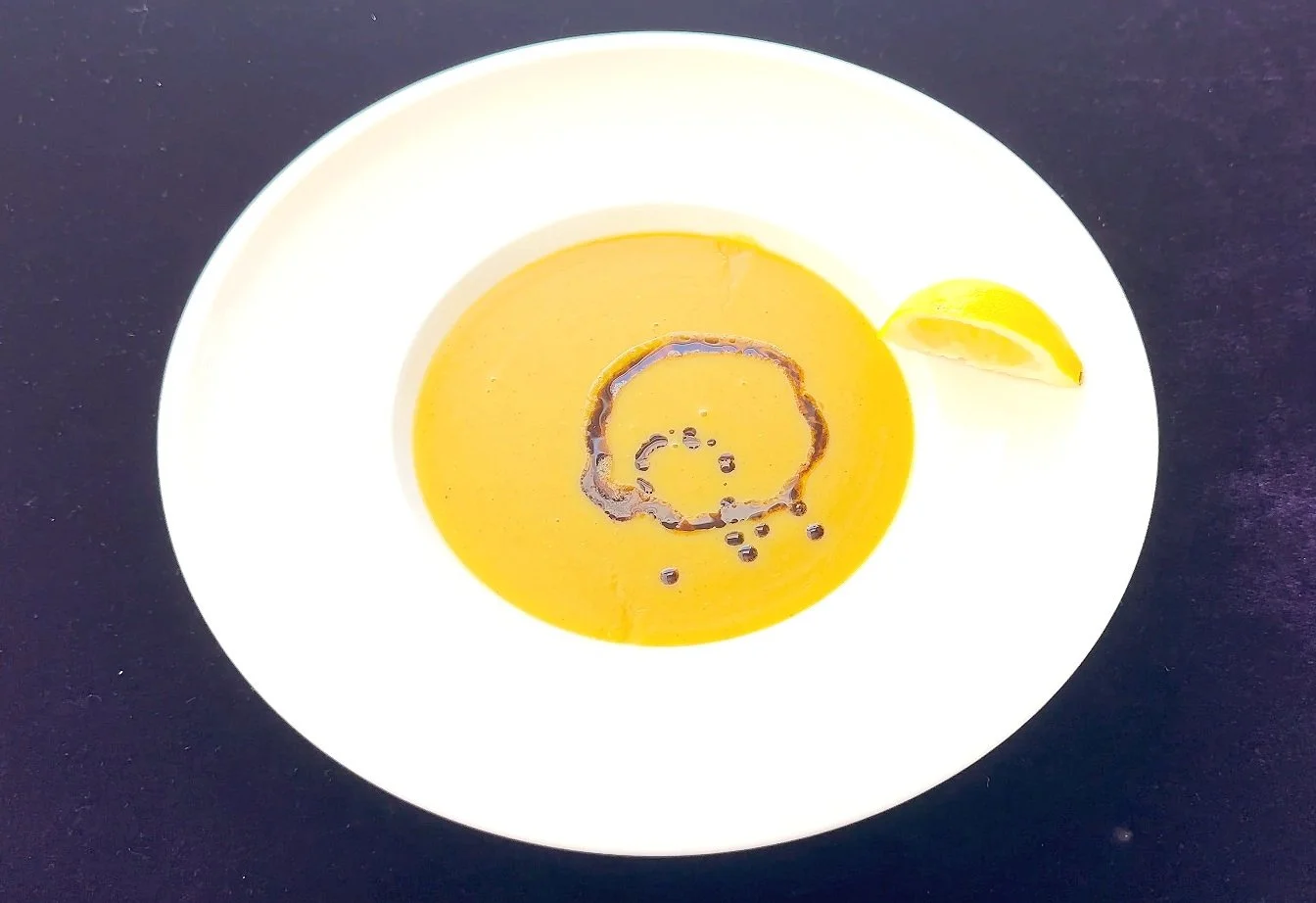
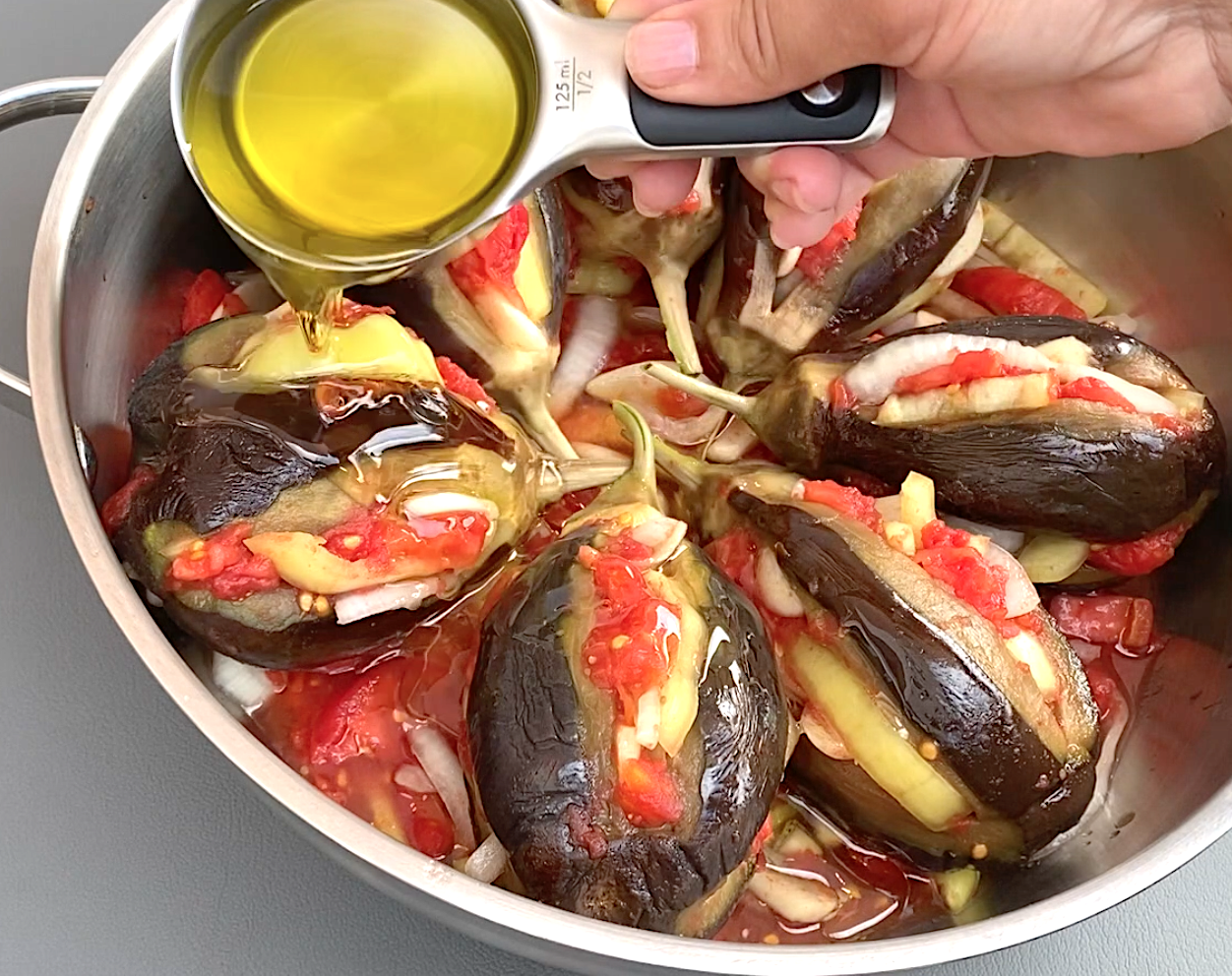
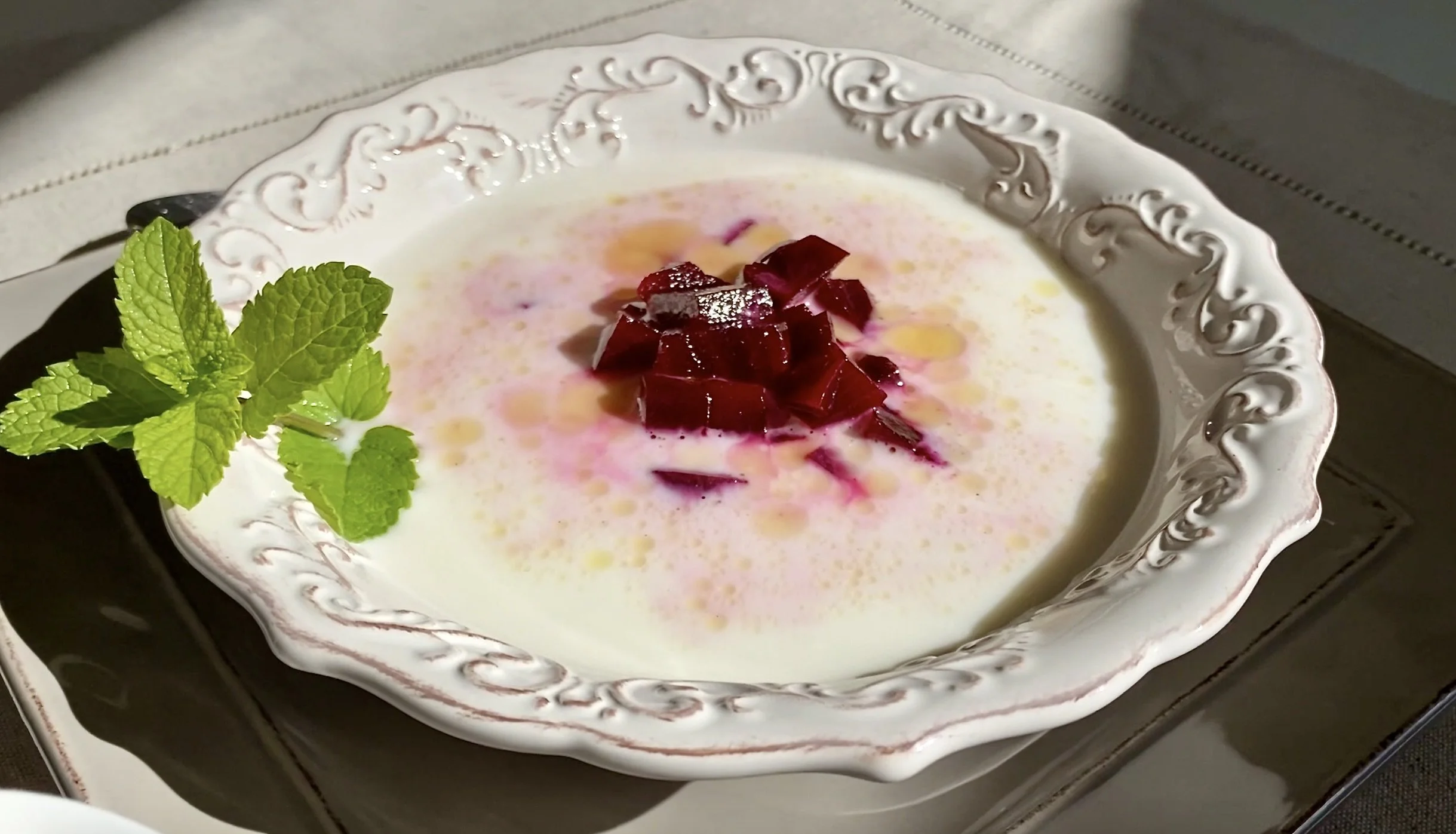
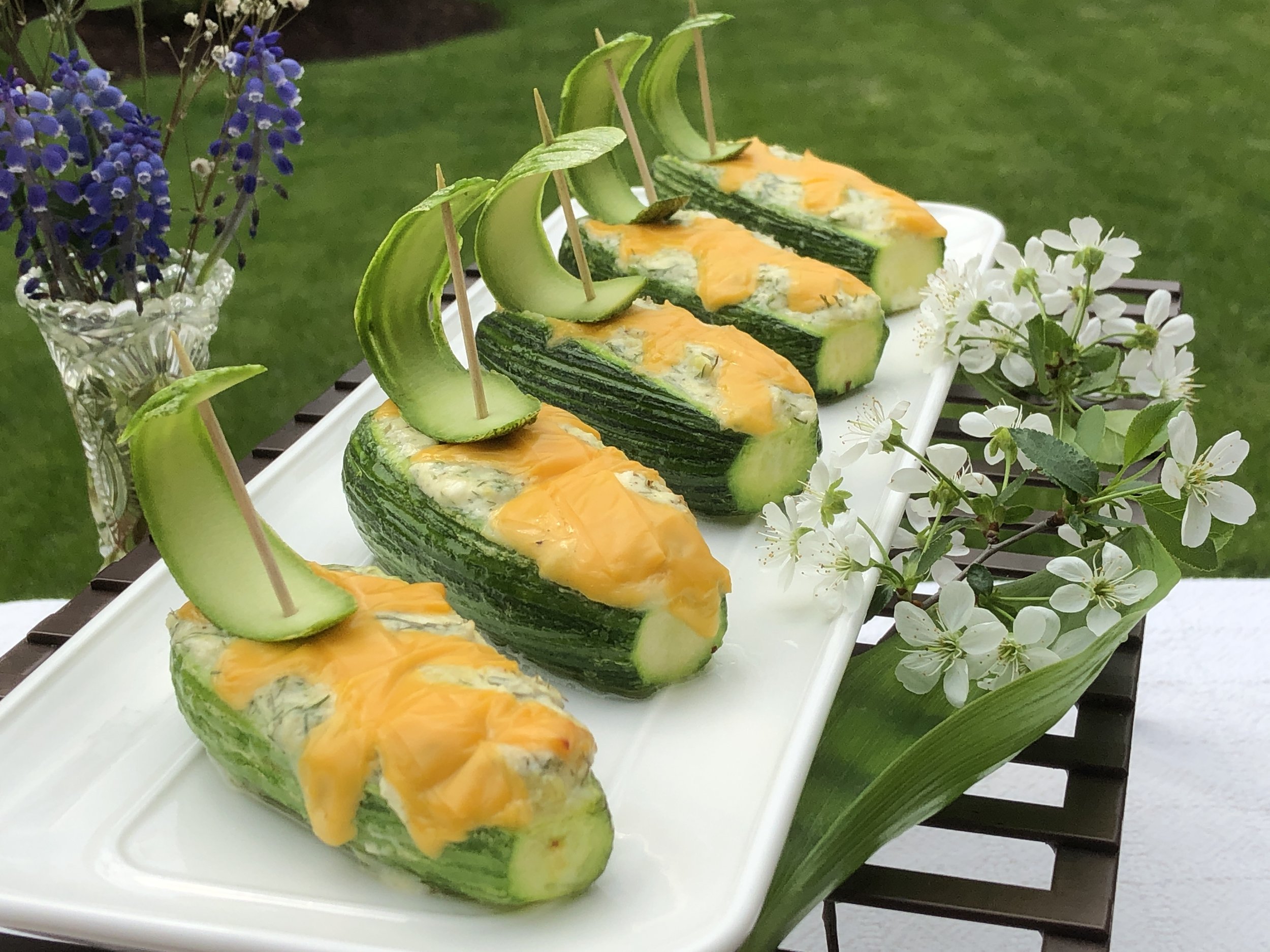
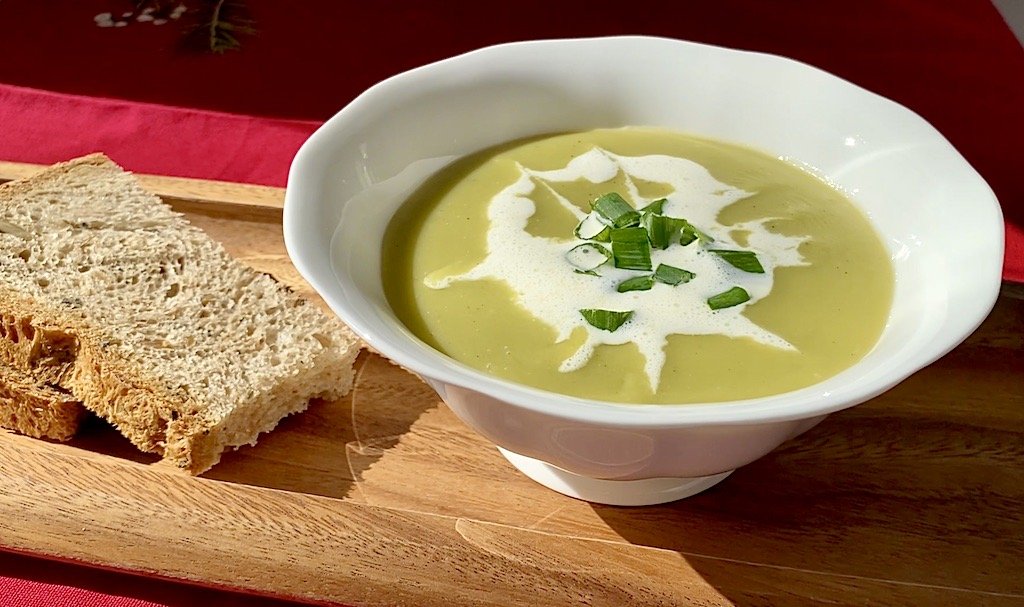
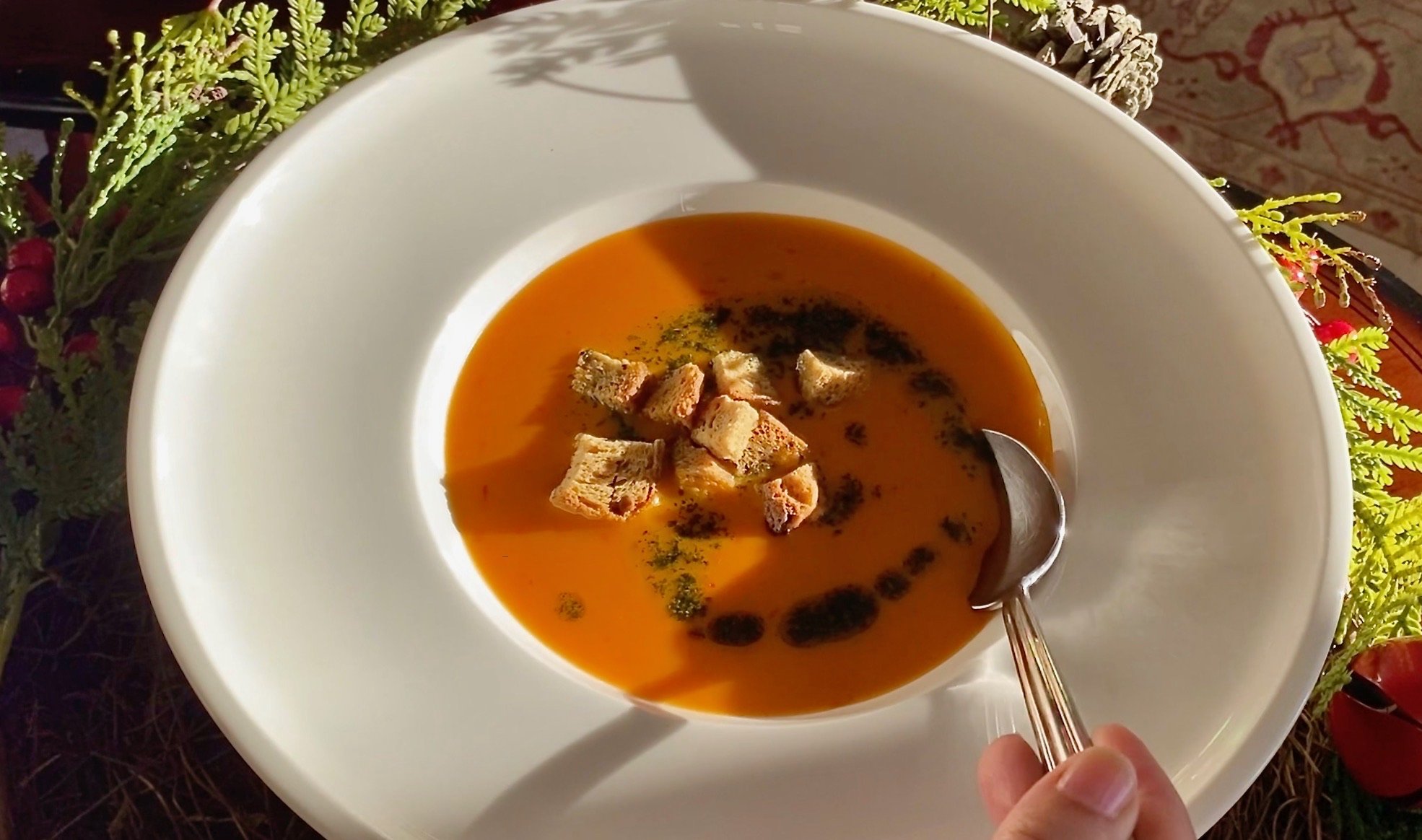
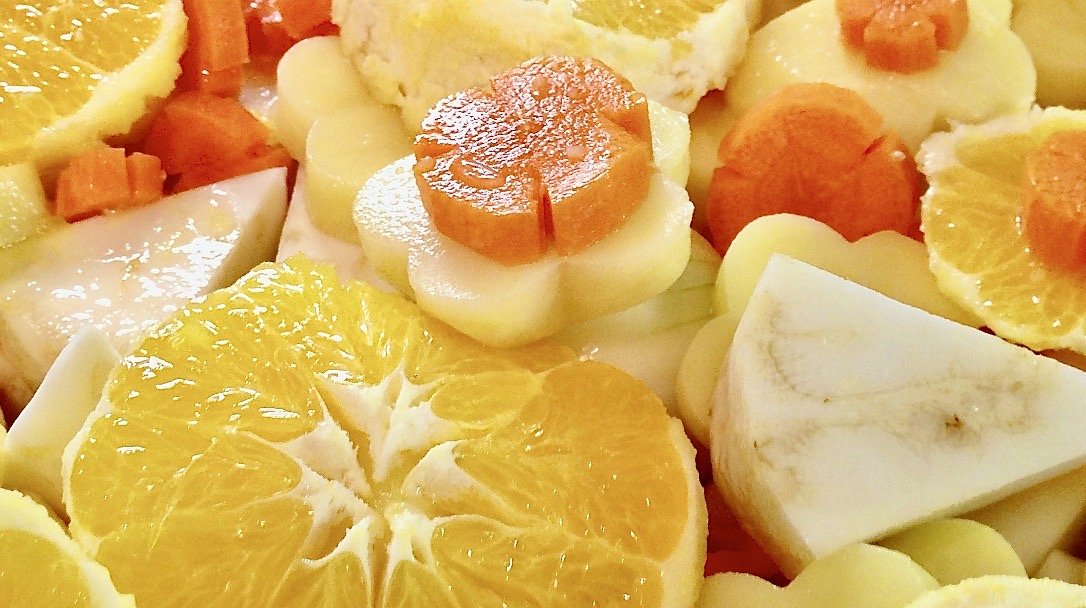
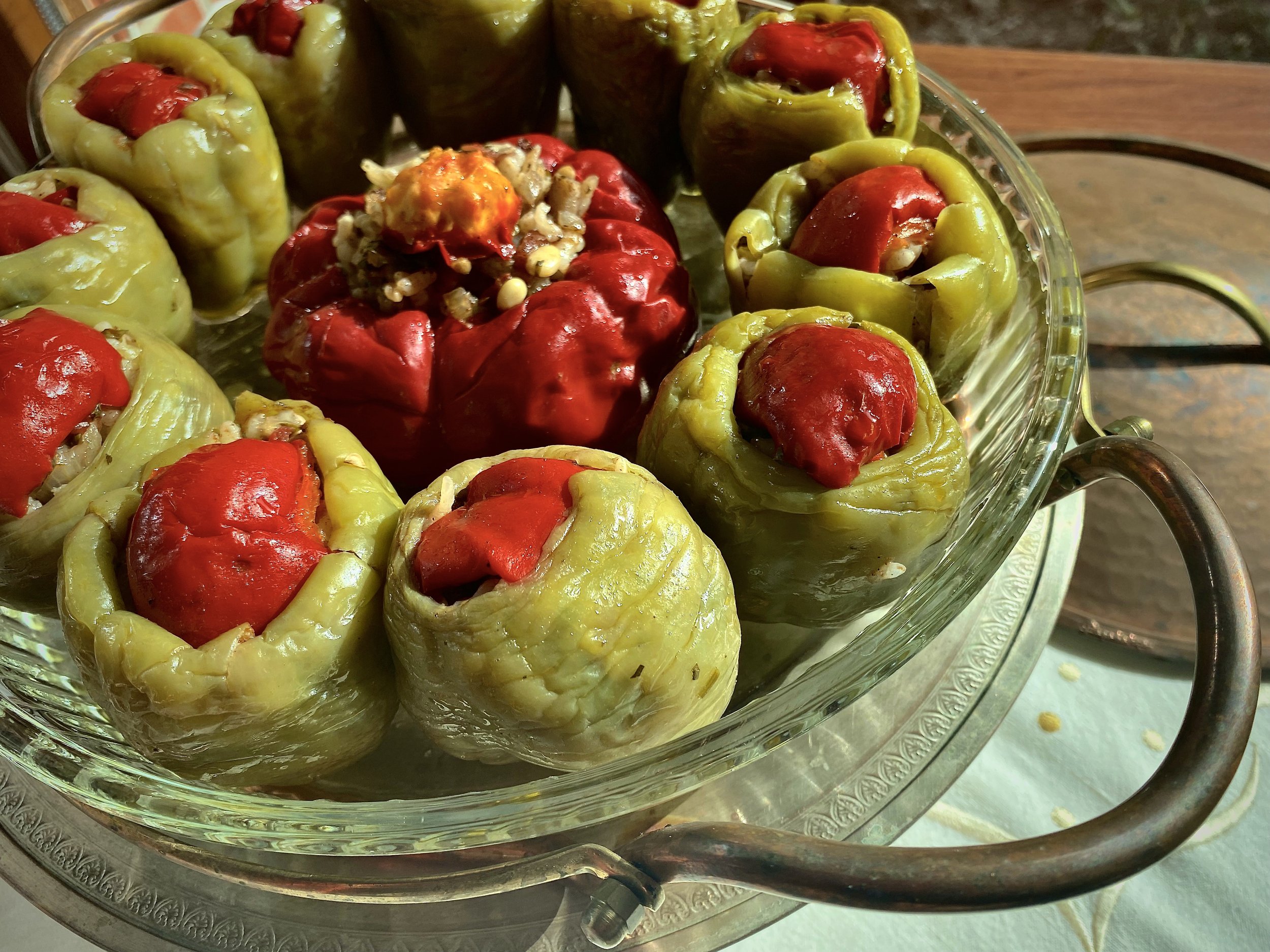

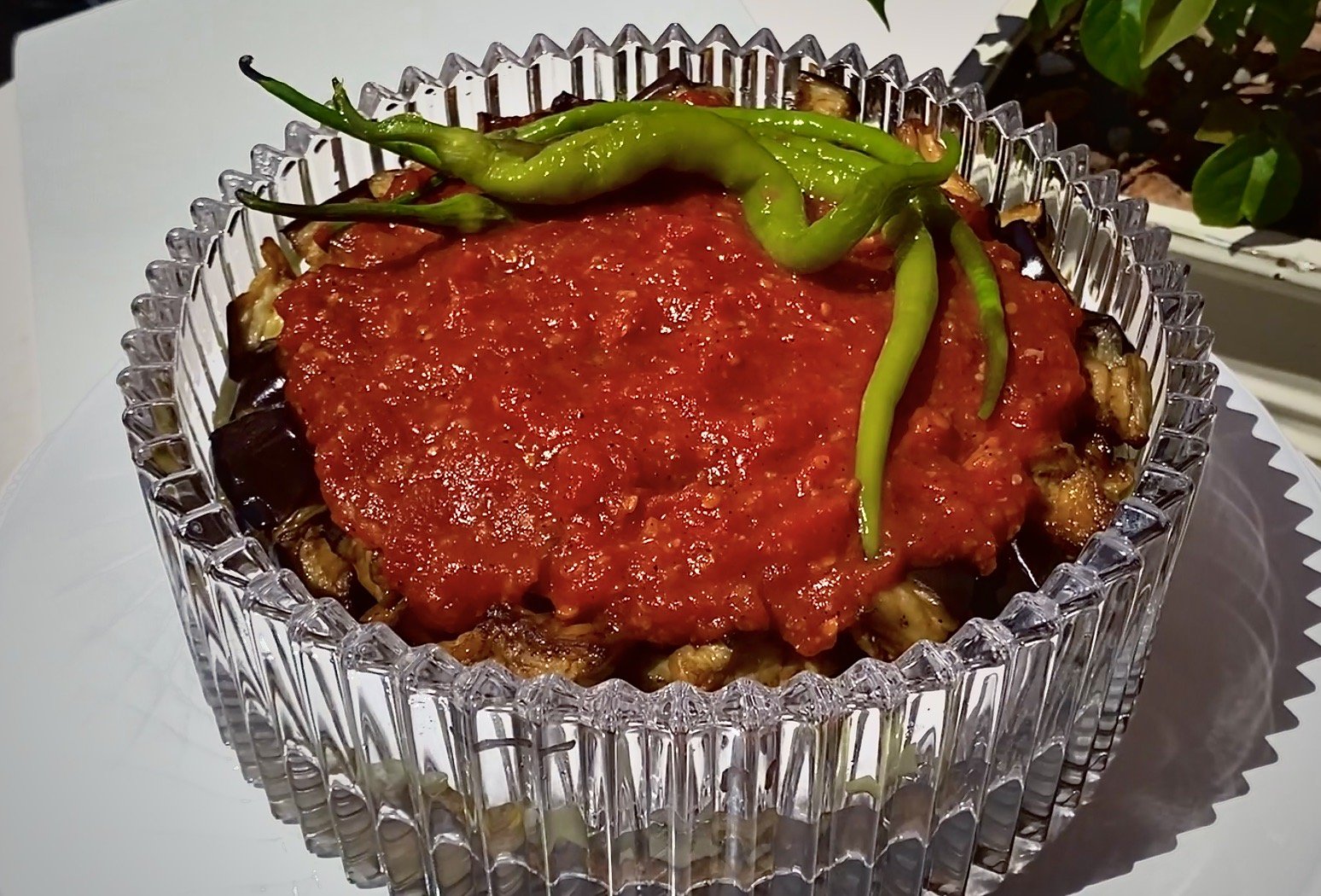
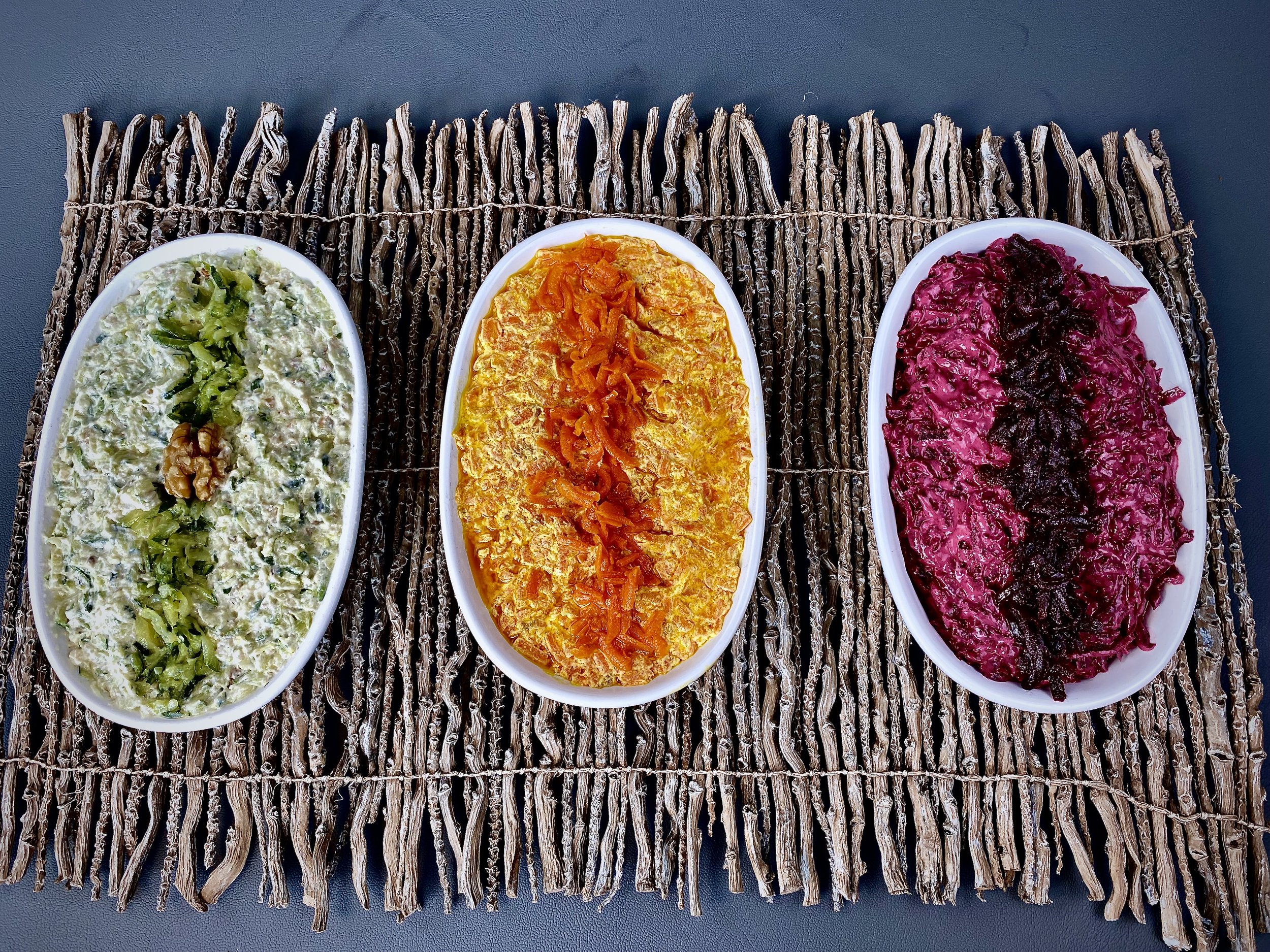
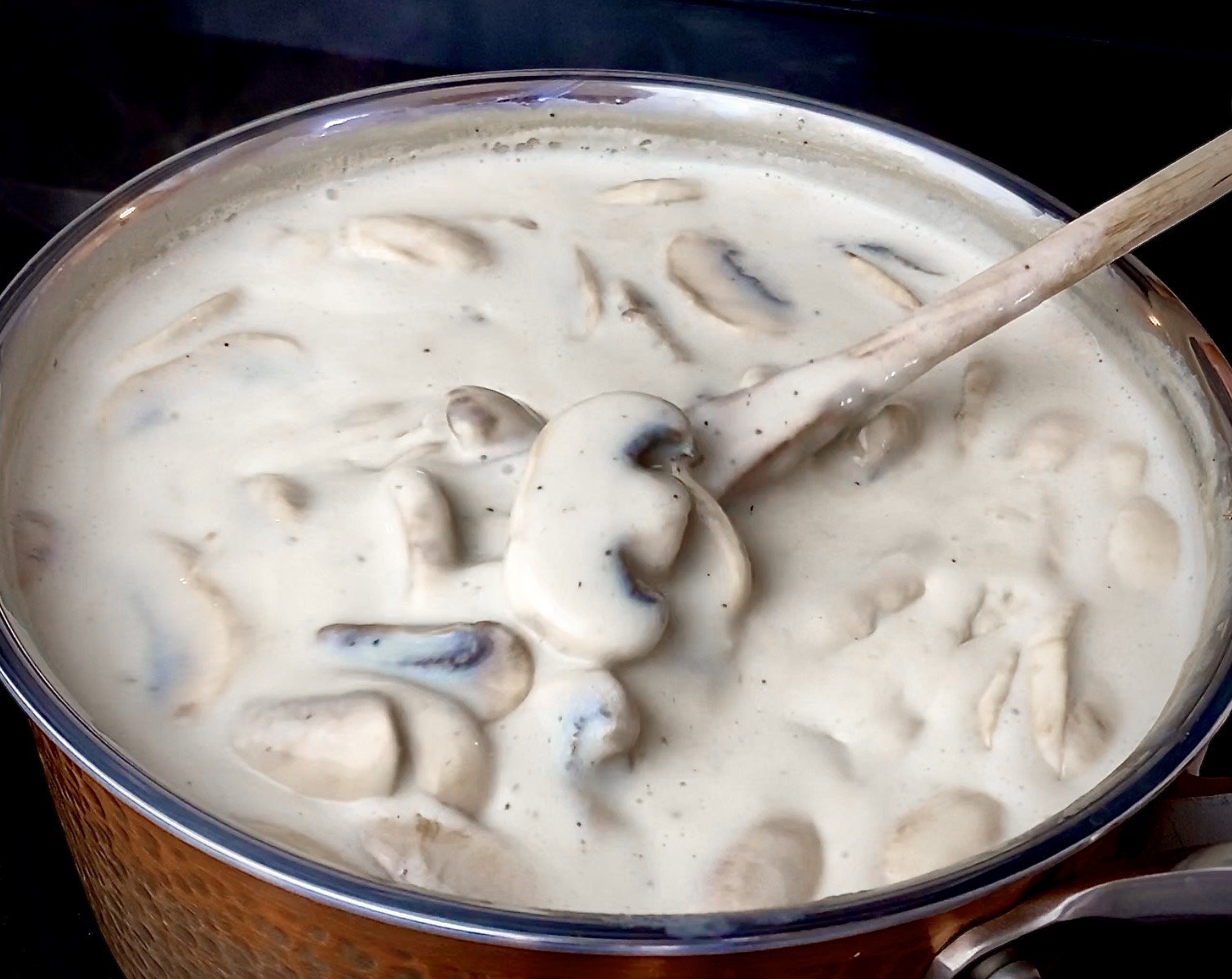
What if the healthiest thing you could do is stop believing everything in the grocery aisle that calls itself “super”?